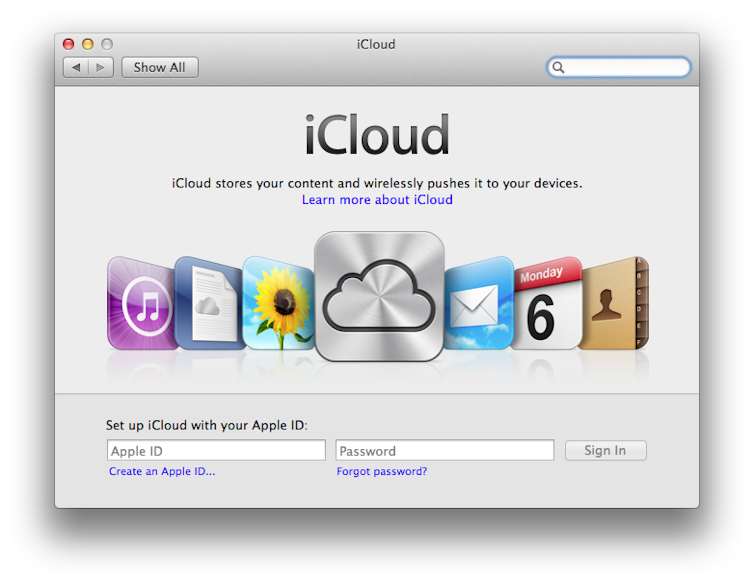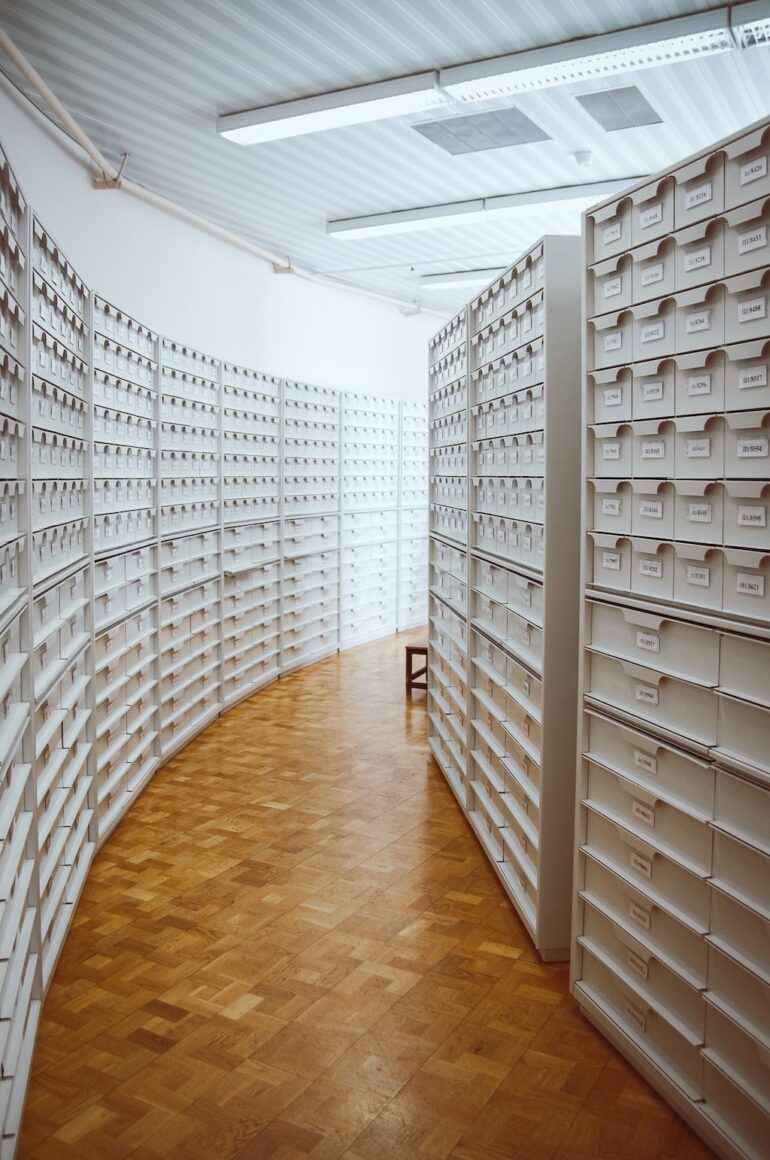Taking photographs used to be a careful, conscious act. Photos were selective, frozen moments in time carefully archived in albums and frames. Now, taking a photograph is almost as effortless and common as breathing – it’s something that people do all the time in the age of smartphone cameras with seemingly endless digital film.
But the downside to capturing every moment is that it creates a mountain of those moments to save for the future. Those photos can be easily lost if they’re not archived properly. All it can take is one accidental dip in the toilet for your phone, and all that data is lost forever.
So what’s a practical backup strategy for the average person? Here are a few ways to make sure memories are never lost:
Cloud storage
The simplest way to archive your photos is cloud storage. For Apple users, there’s iCloud, which starts at US$0.99 per month for 50 gigabytes all the way to $59.99 per month for 12 terabytes with various tiers in between. With an average iPhone photo clocking in at 3 megabytes, that’s a little over 16,000 photos for the cheap plan and 4 million or so for the largest plan. Google’s Google One cloud storage is most cost effective for yearly plans, with 2TB going for $99.99 per year and 5TB going for $249.99 per year.
The actual amount you can store in that space does vary greatly with how a file is shot. Video has larger file sizes than photos. HEIF files, a newer format on Apple phones, compresses files into smaller packages, but long-term compatibility is unknown since the format hasn’t been in use for as long as the standard JPG file, which has been around since 1992.

Storing your photos in a cloud service like iCloud is probably the easiest method.
Chris Messina/Flickr, CC BY-NC
While cloud services from big providers generally provide the easiest way for most average folks to back up their photos, and operate with little to no intervention via apps that are already on the phone constantly uploading every photo taken, there are risks involved.
Big companies often change their policies about how photos are saved. For instance, depending on what phone and when it was bought, Google’s cloud storage may have saved photos in a “storage saver” format that lowers the quality of images by sizing them down or compressing them differently. This affects your ability to make high-quality prints or view the photos on high-resolution screens down the road. Unless someone is astute enough to notice small text here and there that mentions it, most users won’t even realize it’s happening.
And what happens to cloud services when things go badly wrong? Users of photo backup service Digital Railroad found out the hard way. In 2008, the company abruptly shut down and gave its users 24 hours to download everything before the servers were shut down. Photographers rushed for the exits, trying to grab their photos on the way out, only to strain the…


